| marc7 travels |
|
I always looked forward to this time of the year during my growing up years in Baguio because of two things - the Halloween Special of “Magandang Gabi Bayan” and trick-or-treating around PMA. These two activities made the celebration spooky and fun. We shared stories that scared us sh*t, collected goodies while in costume, and even held Halloween parties. These festivities formed part of my childhood memories. As I grew older and started traveling around the Philippines, my fascination for Philippine history also had me researching on historical cemeteries. Spanish-period cemeteries, with their own brand of beauty, was interesting to explore. My travel itineraries included dark tourism spots as these destinations have their own narratives to share that is both historically and culturally relevant. As we celebrate this spooky season differently this year, let me share with you seven Philippine cemeteries that made a mark during my travels around the Philippines. These spots had their own history, sometimes creepy experiences, to share and enjoy with you. San Joaquin Spanish Cemetery, San Joaquin, Iloilo The San Joaquin Spanish Cemetery jumpstarted my interest in dark tourism. While researching for interesting destinations near Miag-ao, I stumbled upon a blog that featured the Spanish-period cemetery. The elegant beauty of its simborio and the thought of it being intact for centuries caught my attention that I had to visit the place. The San Joaquin Spanish Cemetery was built in 1892 and is one of the well-preserved Spanish-period cemeteries in the country. Its octagonal camposanto, with its classical, is its centerpiece. The staircase leading to the camposanto was constructed by the female residents of San Joaquin as an obligation to the Spanish monarchs. Here is a creepy and funny anecdote during my first visit. As I was exploring the camposanto, I got creeped out by an eerie sound that came behind it. It gave me goosebumps that I prepared to leave. I was surprised when a caretaker came out from the side. Apparently, he also heard my movements that creeped him out, as well. We both got scared sh*t by the movements that we were both making. Read about my Iloilo trip here: Of Souls and Saints Hanging Coffins of Sagada, Mountain Province The Hanging Coffins of Sagada is one of its tourism draws that seeing it up close is not creepy. These coffins resting on the walls of limestone formations speak of the rich century-old culture of the country’s northern highlands. It gives its guests a glimpse of their valued traditions that goes beyond just being an attraction. The small coffins hanging on limestone walls are believed to be the vessels of the departed to the afterlife. The coffins are relatively small in size because the remains are mounted in a fetal position. The hanging caskets that we often see in pictures are the ones that are easily accessible via a short hike down echo valley. Our local guide shares with us that there are other hanging coffins on the other limestone formations of the town. There are other burial sites in Sagada. The Lumiang Burial Cave is another local sacred spot where you get to see wooden coffins stacked on top of each other. Some were even desecrated by irresponsible tourists. The local cemetery of Sagada is also an attraction every November 1st as the hillside lights up in flames as bonfires are lit up instead on candles to remember their departed love ones. Read about my Sagada trip here: #GOT81MountainProvince: Sagada In Its True Form The American Cemetery, Taguig City The American Cemetery is a sprawling memorial to World War 2 heroes. The 62-hectare cemetery is the final resting place of 17, 206 Filipino and American freedom fighters and is the largest memorial, in terms of numbers, for US personnels killed during WW2. It is maintained by the American Battle Monument Commission. At the center of the cemetery is a memorial where one can get a brief on the actions taken to liberate the Philippines through its mosaic maps. The names of those who are buried in the cemetery are also engraved on the marble walls of the memorial. A small chapel is at the center where one can offer a short prayer for those interred here. The cemetery was designed where the marble headstones are arranged in a circle. Trees and shrubs are part of the design giving it a tranquil vibe. It is a good place to head off to to get your mind cleared because it doesn’t feel like you are in a cemetery, at all. Read about our Taguig exploration here: Explore Manila! (Taguig) San Agustin Church, Intramuros, Manila Most of the old churches in the Philippines also served as the final resting place of the community’s prominent personalities and San Agustin Church is one of them. This UNESCO World Heritage Site is the oldest stone church in the Philippines and was the only one, among the 7 churches in Intramuros, that survived the liberation of Manila. The San Agustin Church has a columbarium in one of its chambers. One may think that these are the final resting place of the Augustinian priests but it is not. Prominent people are interred here that includes the remains of Juan Luna and Juan de Salcedo. Nagcarlan Underground Cemetery, Nagcarlan, Laguna Another interesting cemetery to visit is the Nagcarlan Underground Cemetery. Built in 1845, the cemetery is a historical landmark for its historical and cultural significance. It is also the only known Spanish-period underground cemetery in the Philippines. A small kapilya is the main centerpiece of the cemetery. This is where the final rights are given by the priests before the remains are laid to rest. It has a small altar with the image of the dead Christ as its main figure. From here, a flight of stairs will lead you to the “basement” of the kapilya. Being in the middle of the underground cemetery felt odd. The tombstones and the enclosed space was a bit uncomfortable. The Nagcarlan Underground Cemetery also served as a secret meeting place of revolutionaries. Local narratives also claim that one of the burial vault is a secret tunnel that leads to the Nagcarlan Church. Read about our Nagcarlan adventure here: Going Underground in Nagcarlan Janiu-ay Cemetery, Janiu-ay, Iloilo Janiu-ay is an old Iloilo town established in 1769. It is home to 2 Spanish-period heritage structures and one of which is its Spanish-period cemetery dubbed as the country’s “most artistic cemetery”. The Janiu-ay Cemetery is a public cemetery that boasts of 3 grand staircases that lead up to its arched entrances. It took 9 years for the locals to complete its construction. The main staircase has 23 steps while the other 2 have 22 and 21 steps that lead up to its entrance. At the heart of the Janiu-ay Cemetery is the octagonal camposanto where the last rites for the dead are given. Its small altar is highlighted by the image of Mother Mary and Jesus. Read about our Iloilo trip here: #JournalsOfTheTravelingDaDa: Beyond the City of Iloilo Hamtic Cemetery, Hamtic, Antique From Iloilo, we hop on a bus to head off to the oldest town of Antique to visit the Hamtic Cemetery Church. The cemetery sits along the highway, in the middle of rice fields, so getting there can be quite tricky. My visit there gave me curious stares from locals because who would be interested to visit their local cemetery. The Hamtic Cemetery Church was designed in baroque-style similar to the San Joaquin Church and Miag-ao Church, minus the intricate-sculptured facade. Tombstones adorn the lower part of the walls of the church. Its interior is plain with an image of the crucified Christ as its centerpiece. Here’s another personal travel anecdote on Hamtic Church Cemetery. I have read paranormal stories associated to the cemetery during the trip and one of that stories included relatives putting garlic and salt around the tomb of newly buried family members. This was a practice to keep “aswangs” away from the fresh corpse. The story got into me that I slept the same night with powdered tawas beside me. I woke up feeling stupid and funny the next day. Read about my Antique travel here: #GOT81Antique: Beyond Antique's Kawa and Rolling Hills POST TRAVEL NOTES Philippine history and culture transcend life and death. Our narratives include our beliefs about the afterlife. Our ancestors had practices that helped the dead crossover while the beauty and elegance of cemeteries outlines the celebration of life by our colonizers even after death. These dark tourism destinations have its own narrative to share that speak of our colorful history, culture, and traditions. As we celebrate All Saint’s Day differently this year, I hope we all take the time to celebrate the happy memories of our departed loved ones. I hope that we also celebrate life and learn to live it to the fullest. Let us share creepy stories inside the comforts of our homes and make plans to explore dark tourism destinations in the Philippines to get that unique hair-raising experience. Happy Halloween!!!
0 Comments
Leave a Reply. |
Marc del Rosario
I believe in education, entrepreneurship, and caring for the environment. Archives
June 2024
|
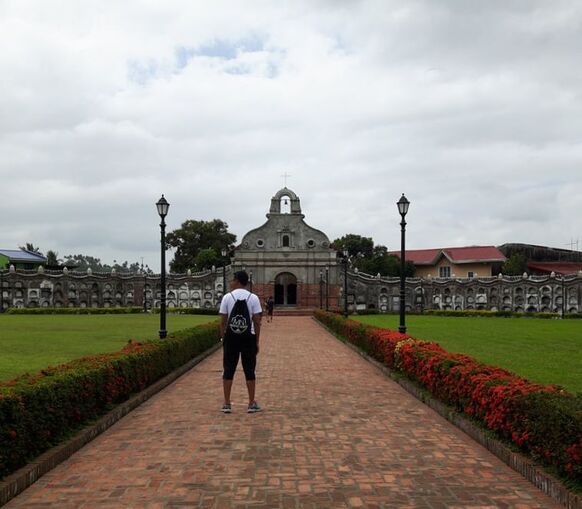
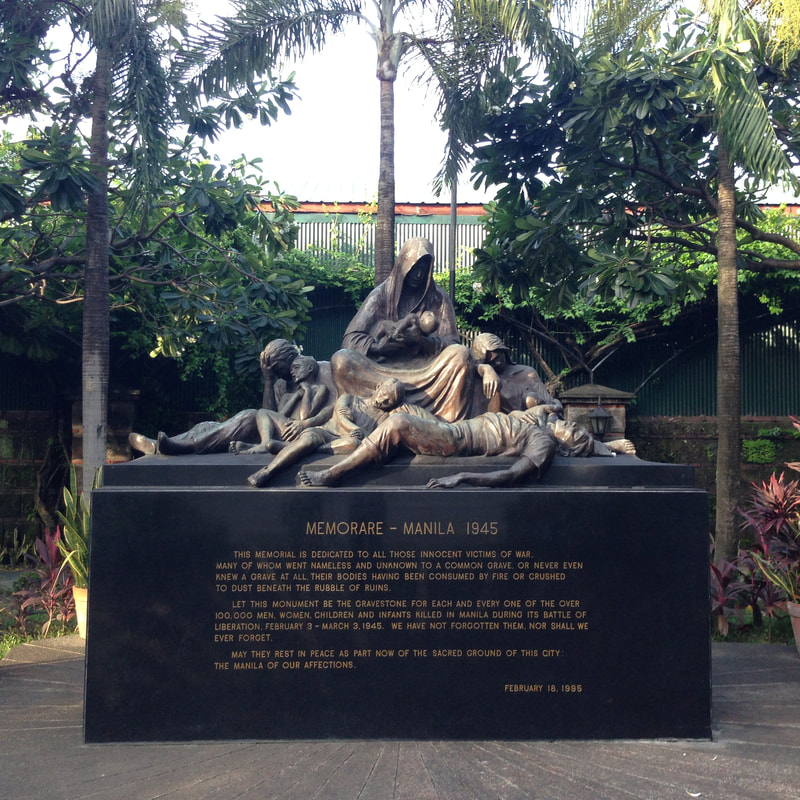
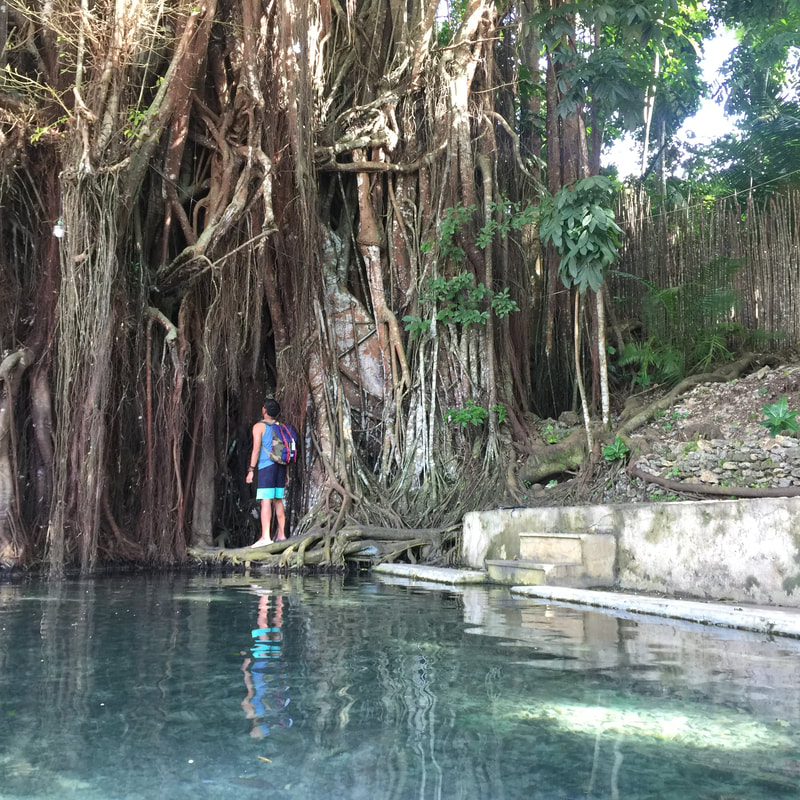
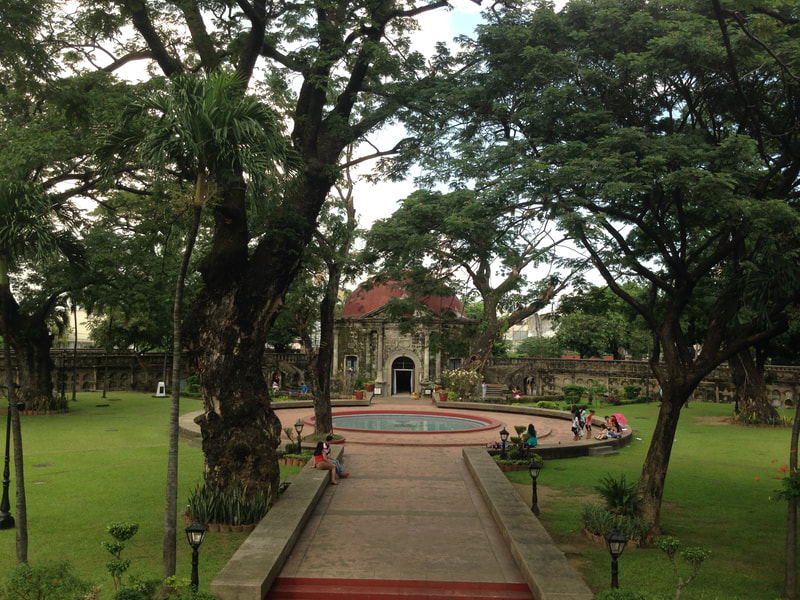
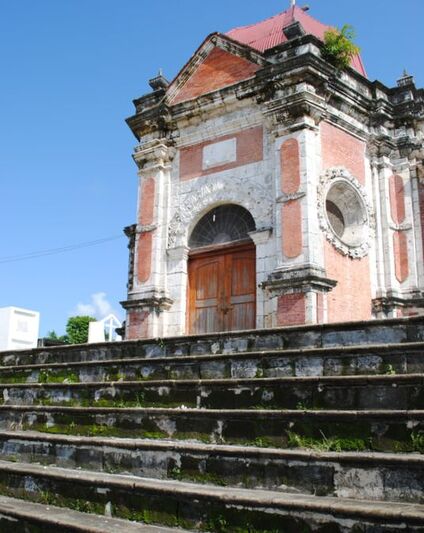
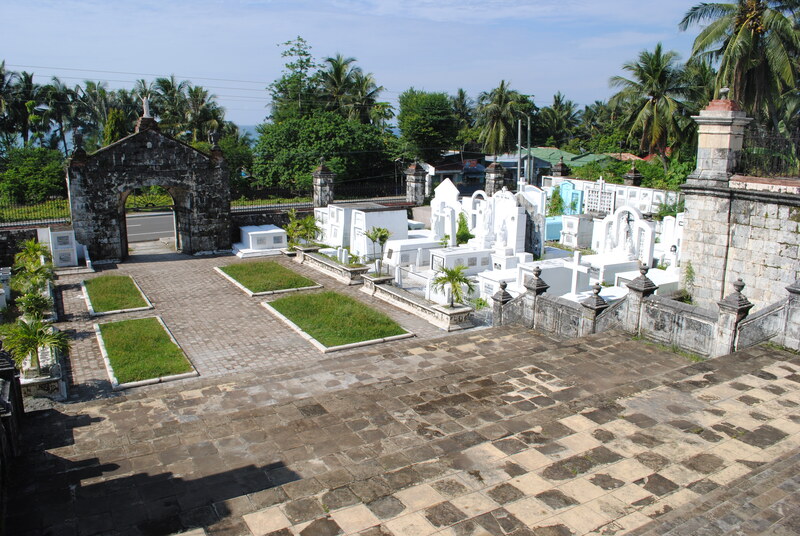
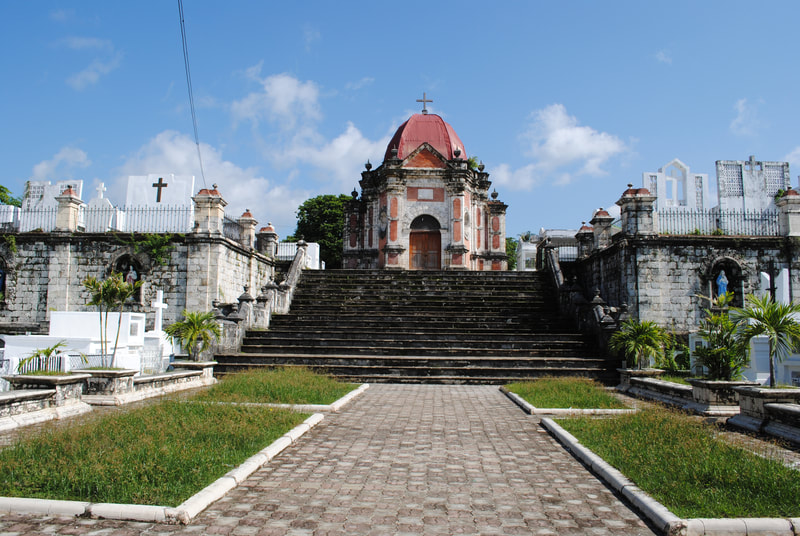
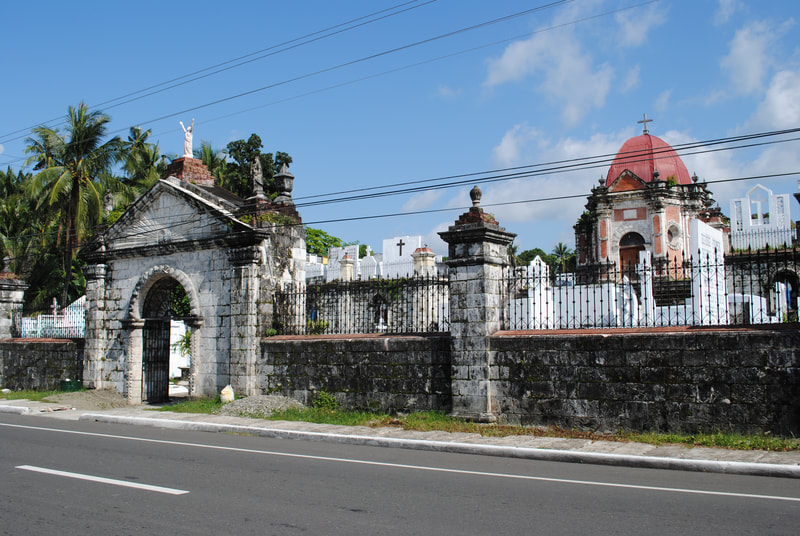
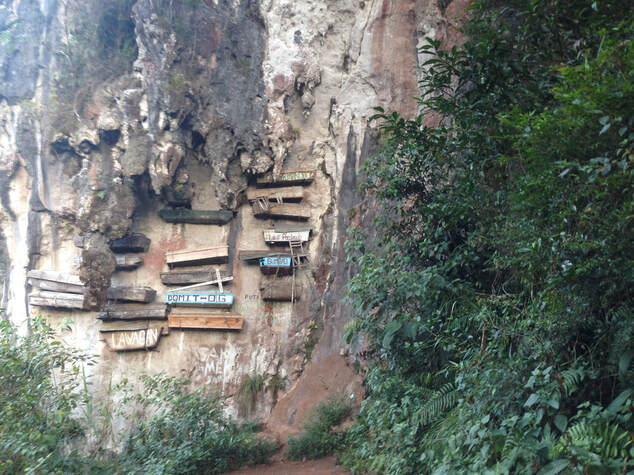
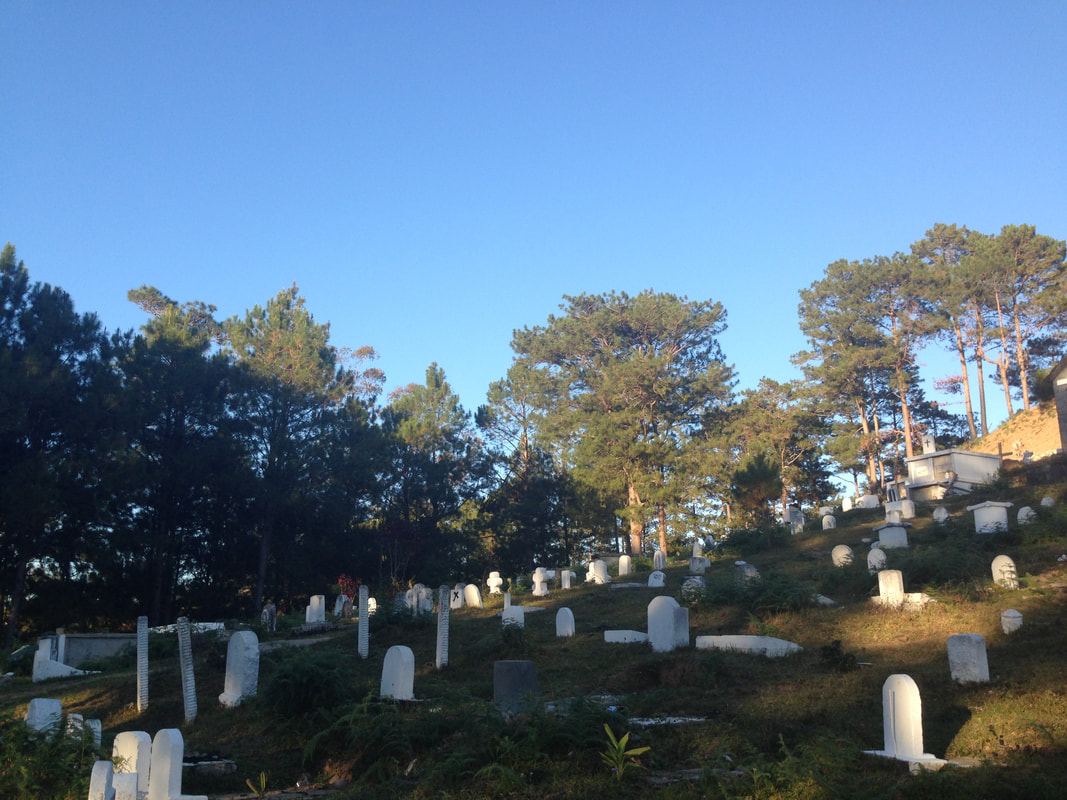
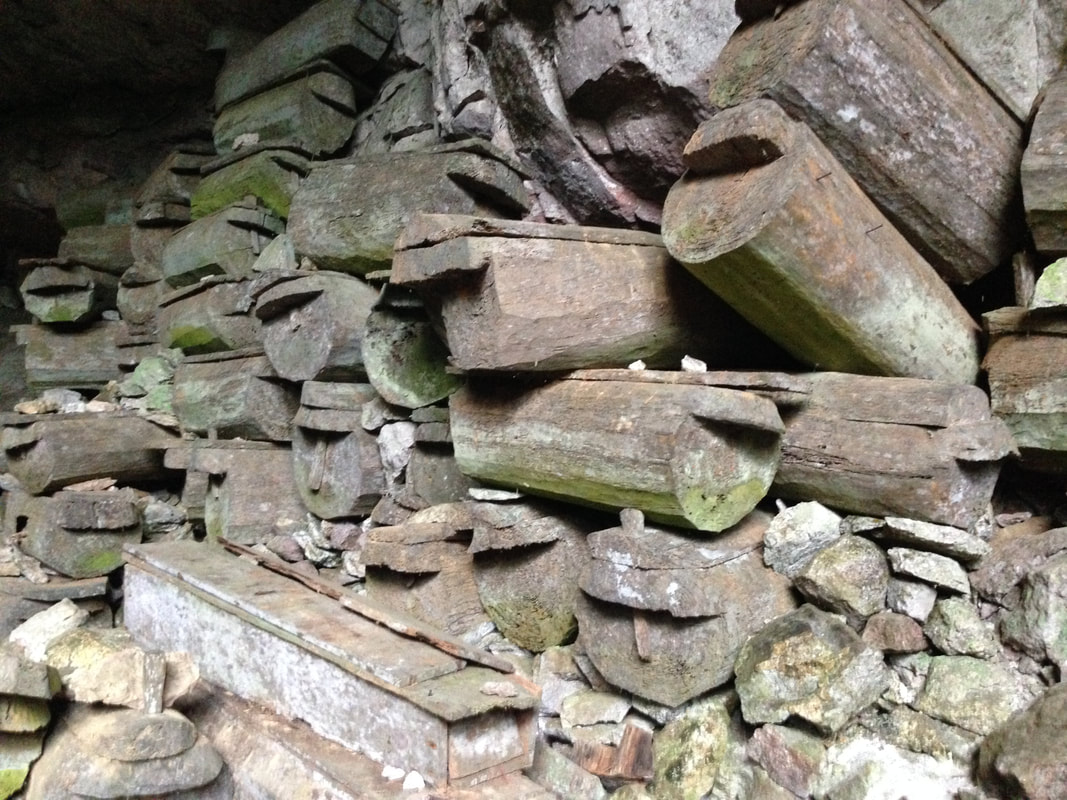
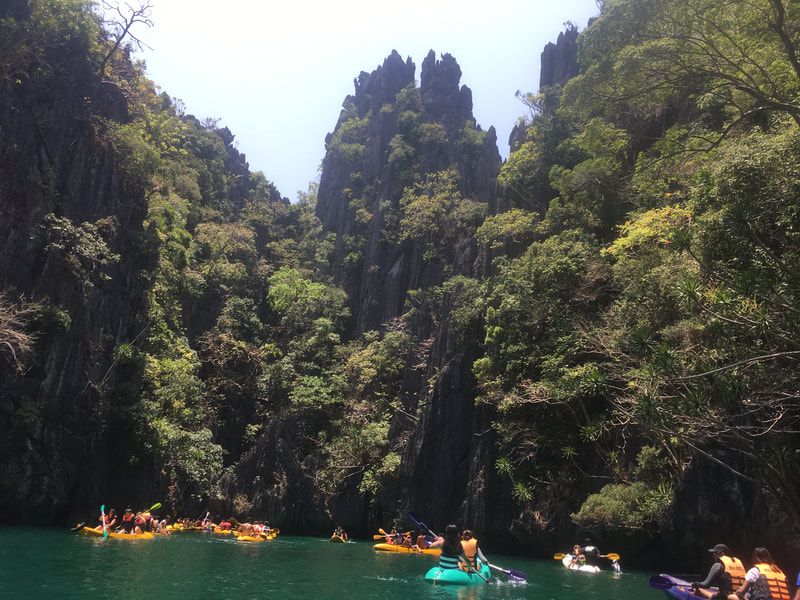
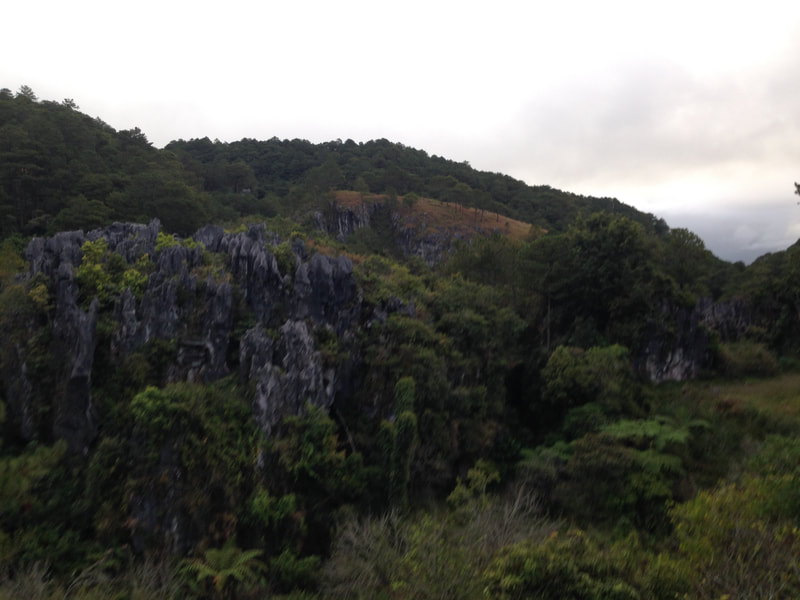
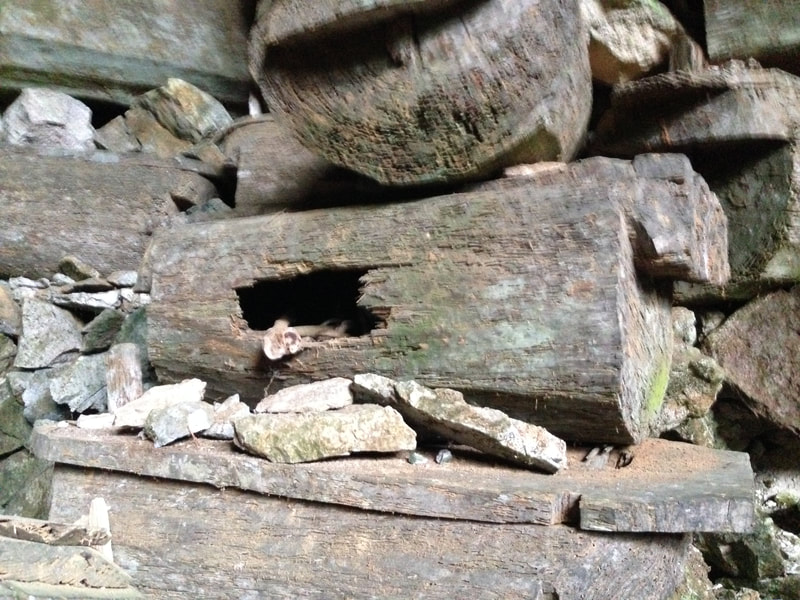
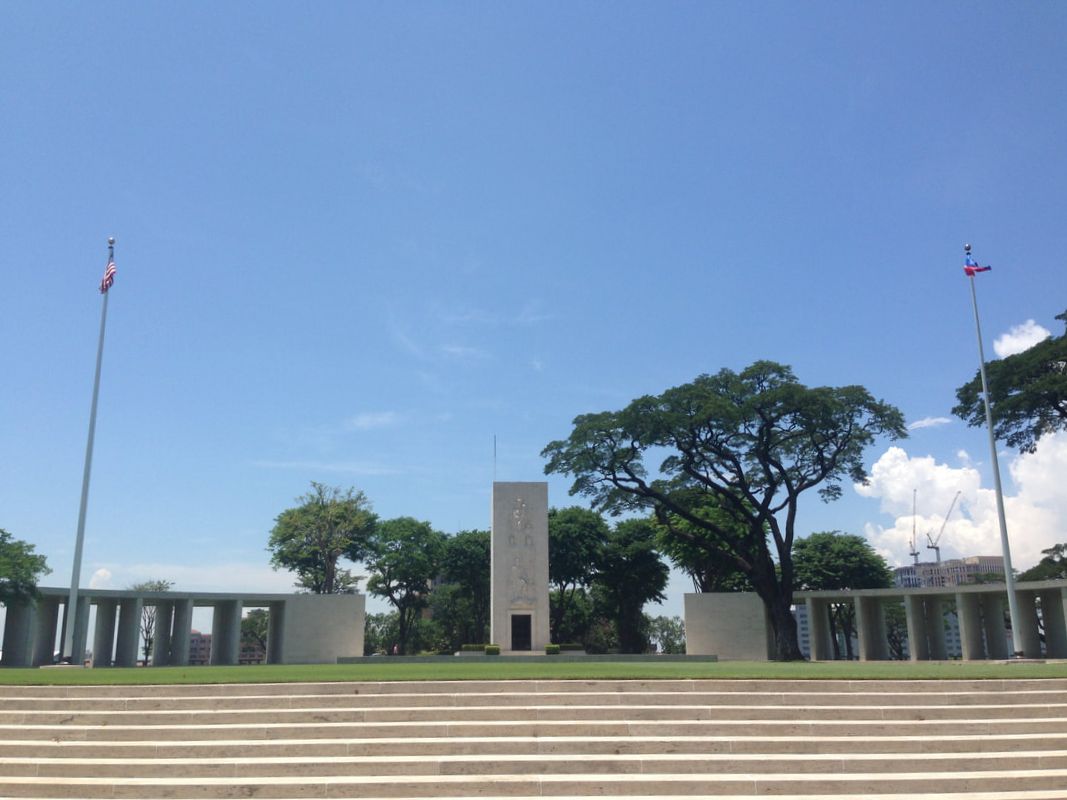
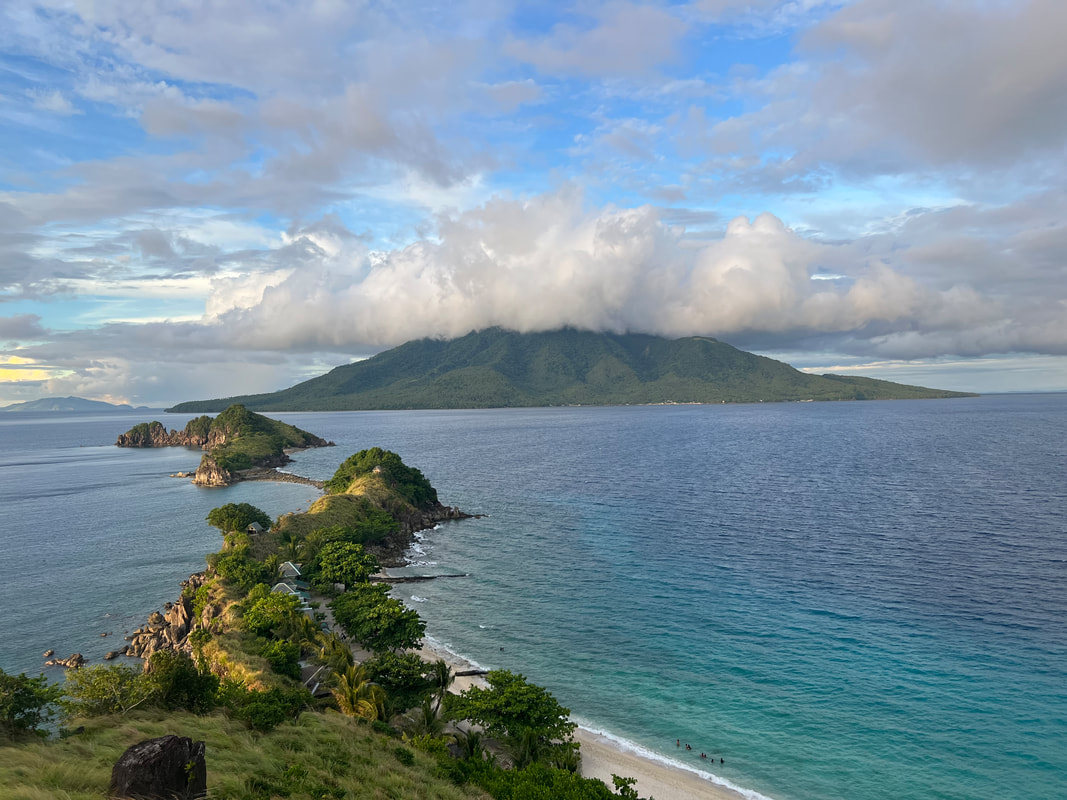

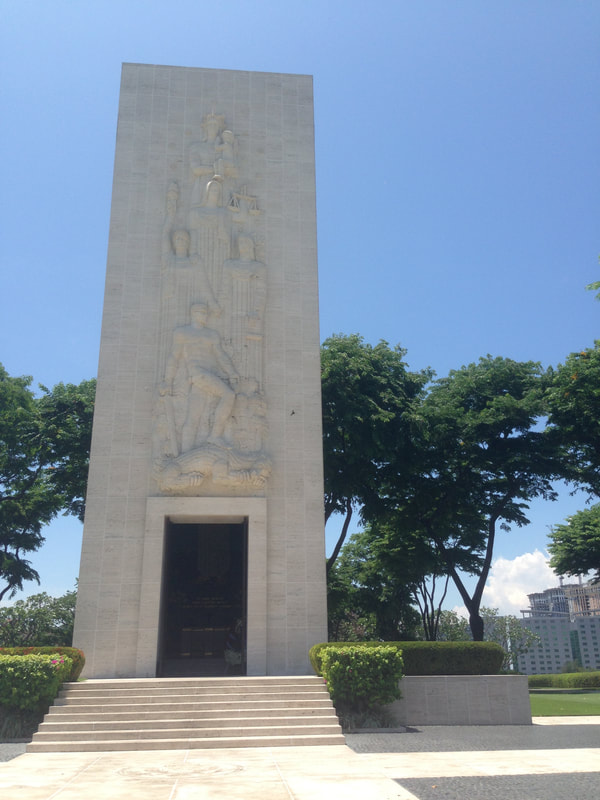
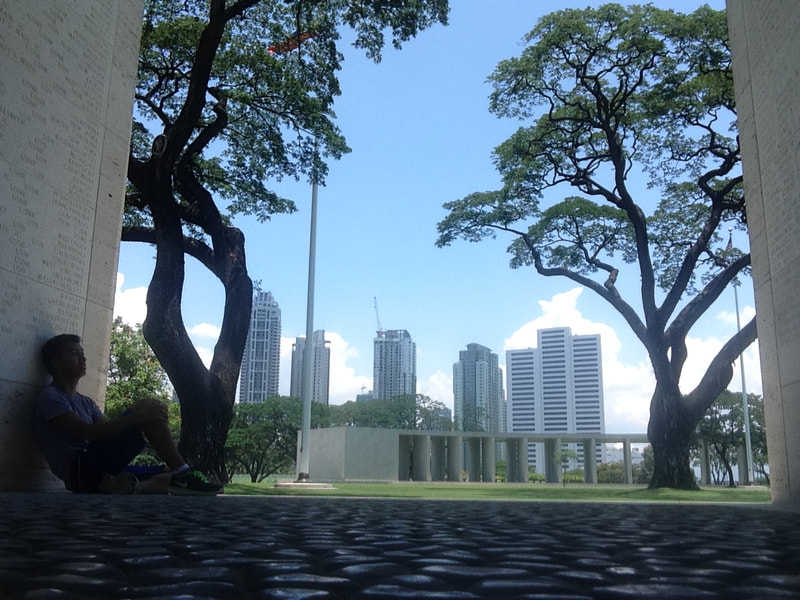
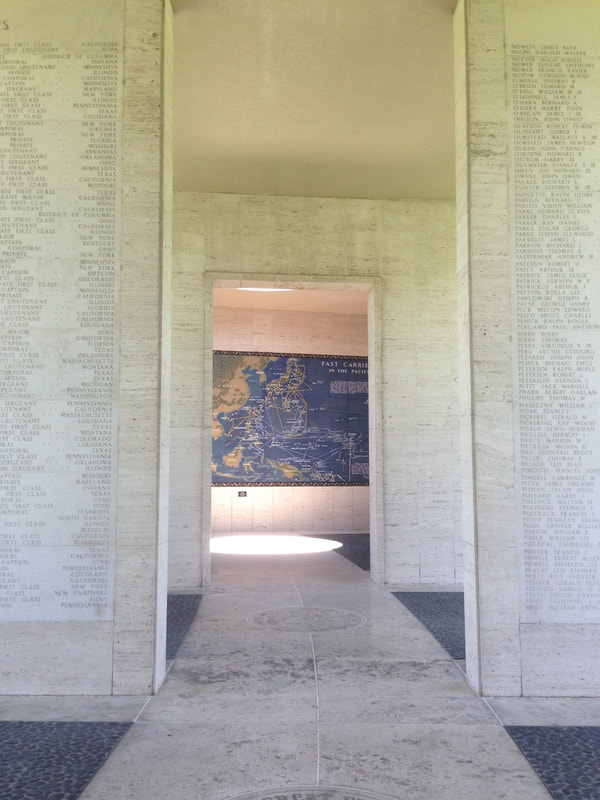
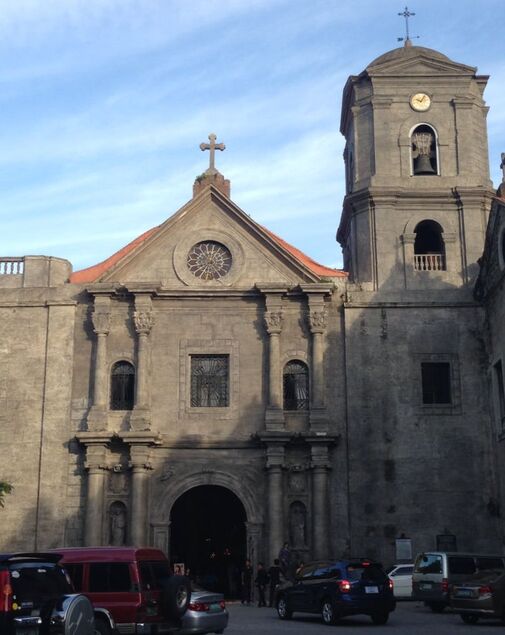
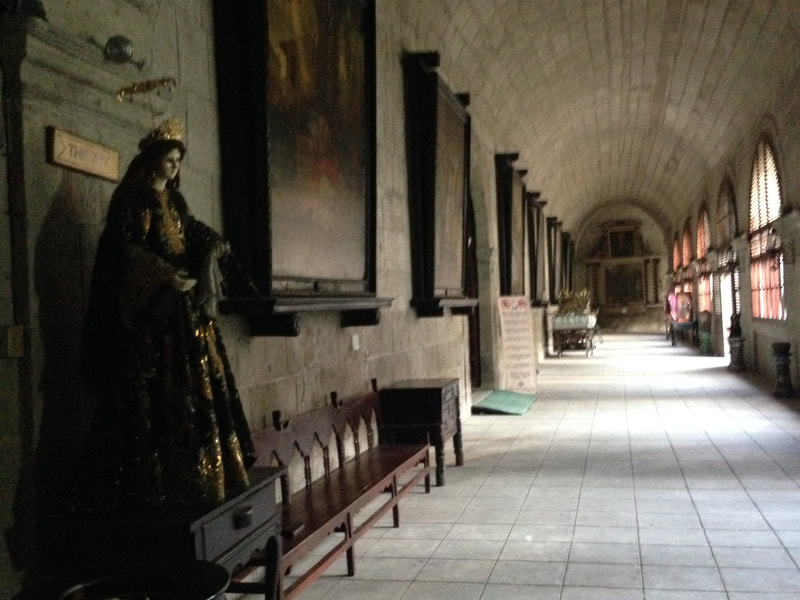
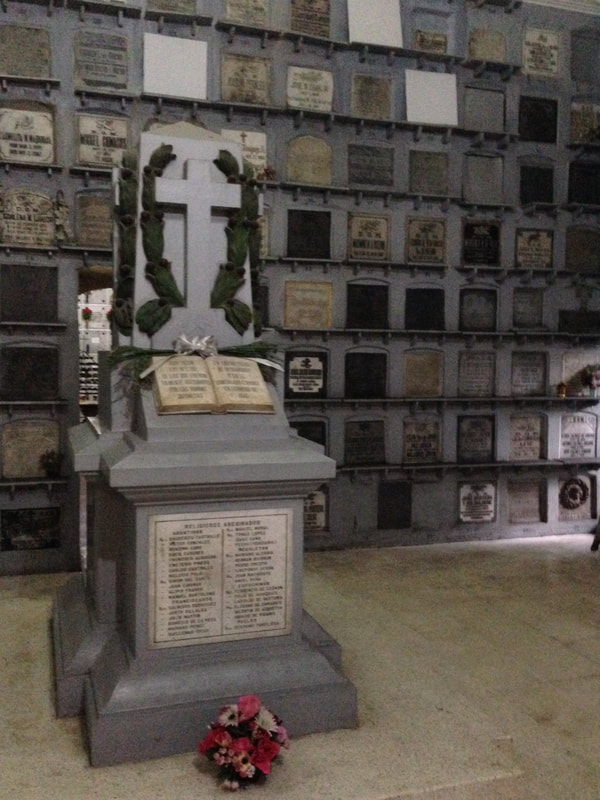
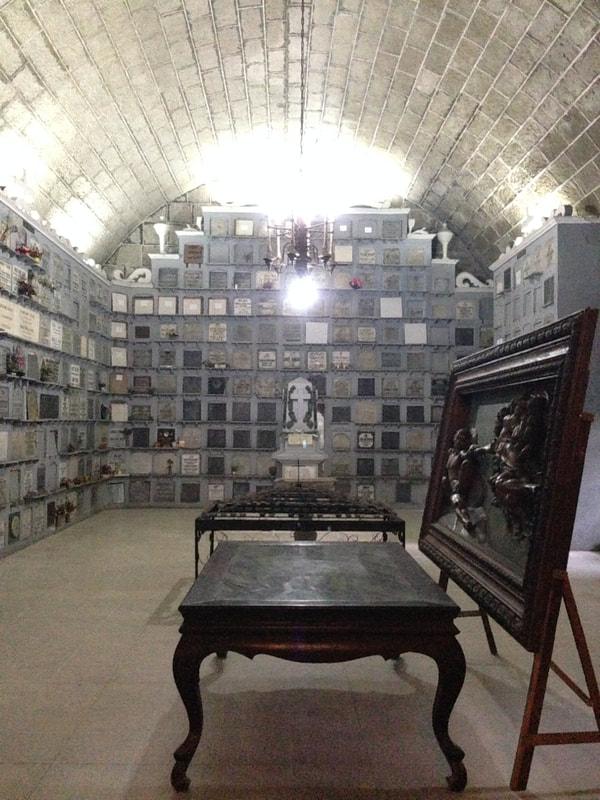

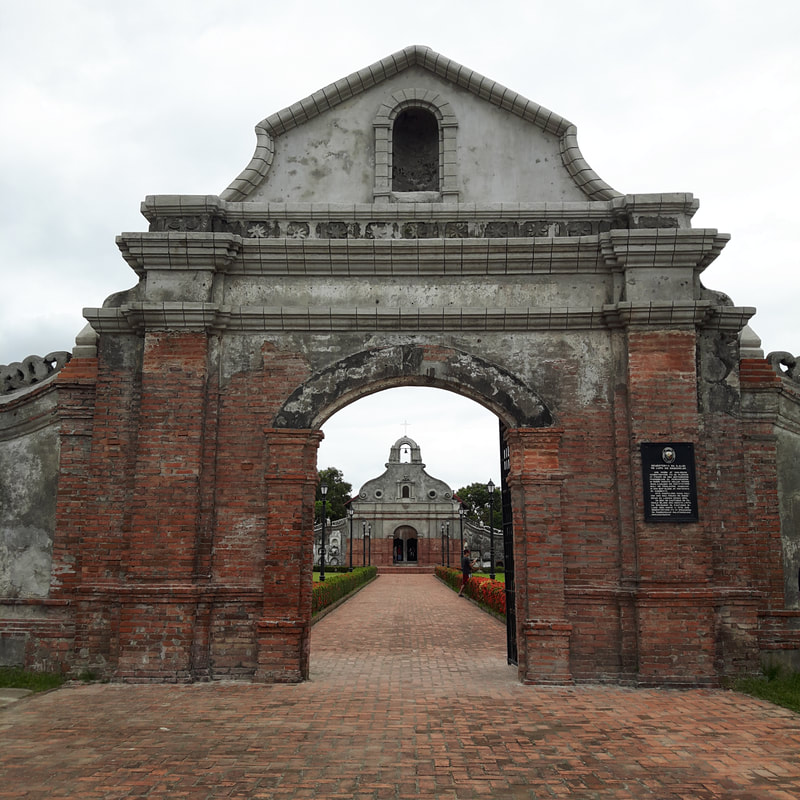
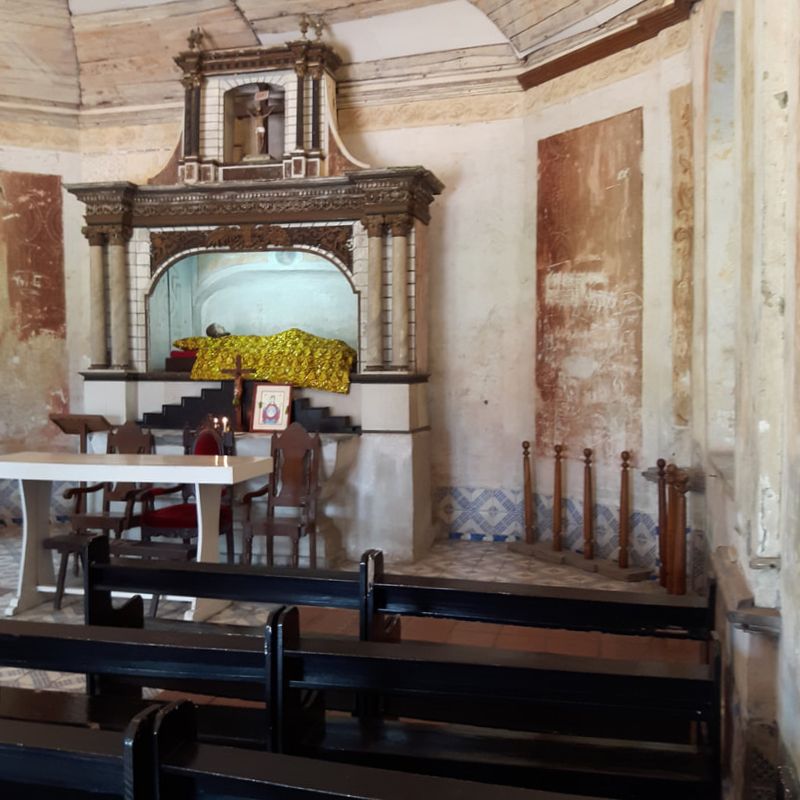
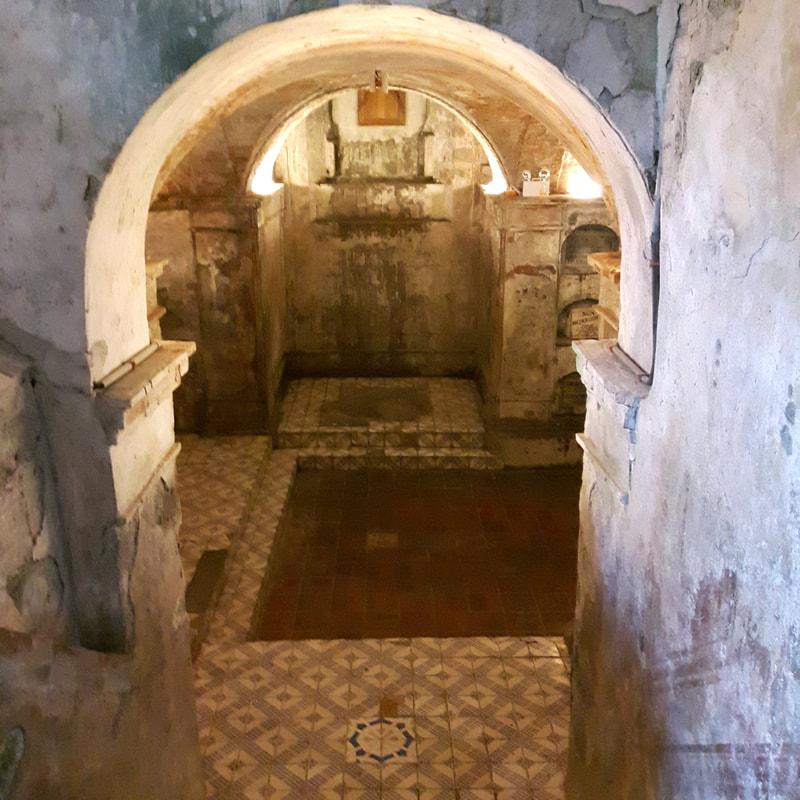
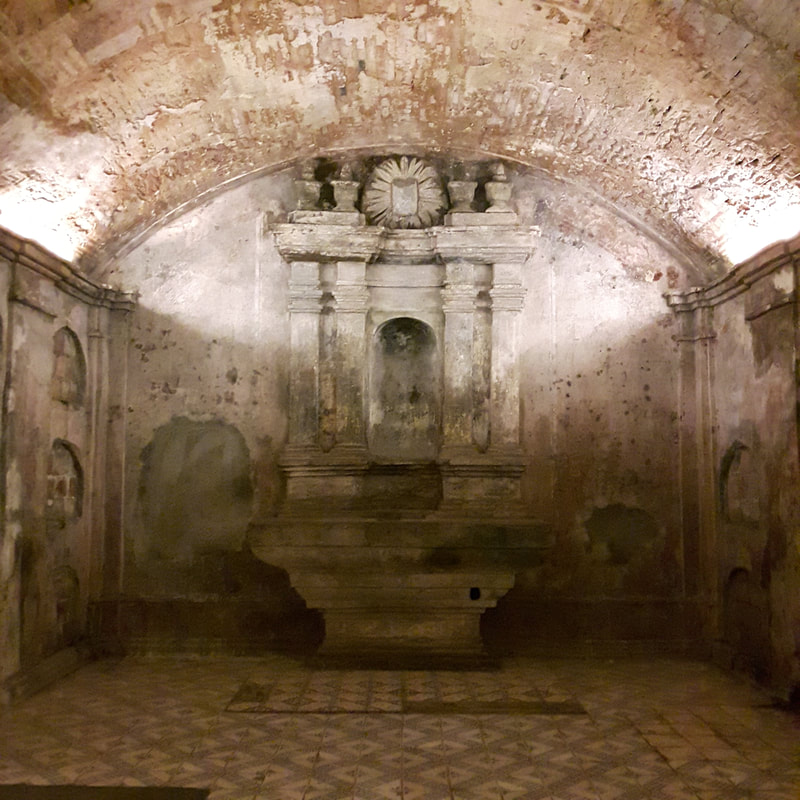
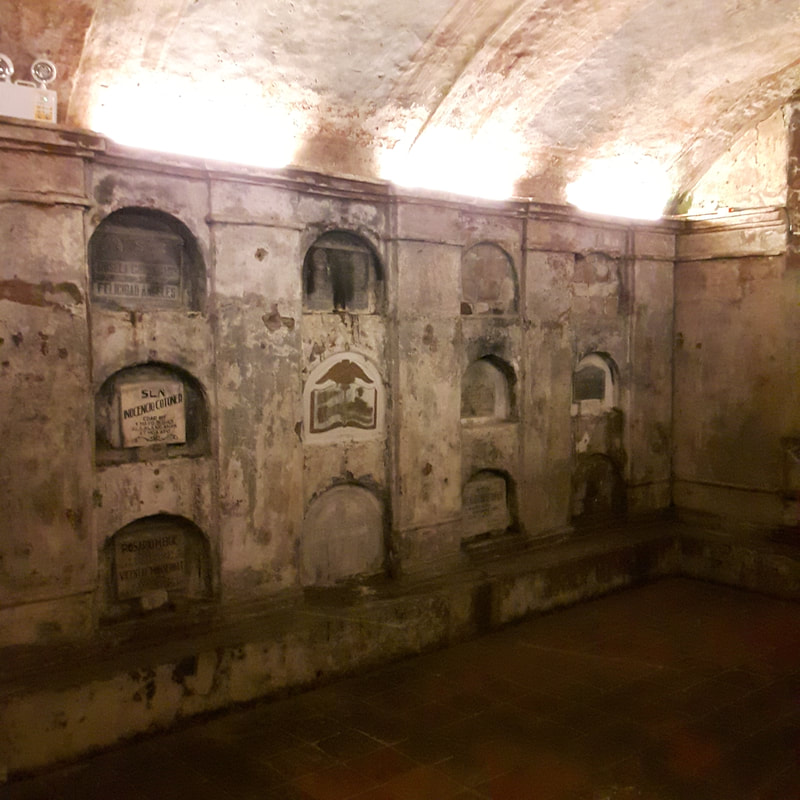
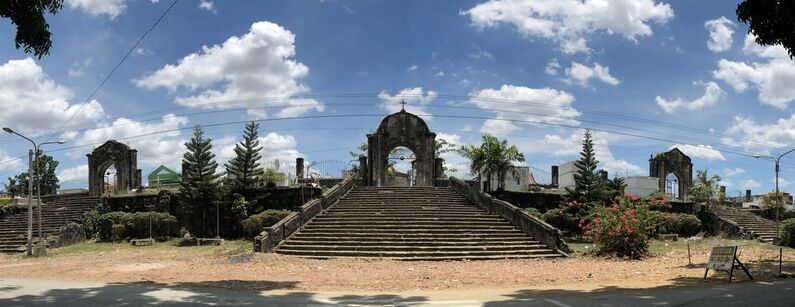
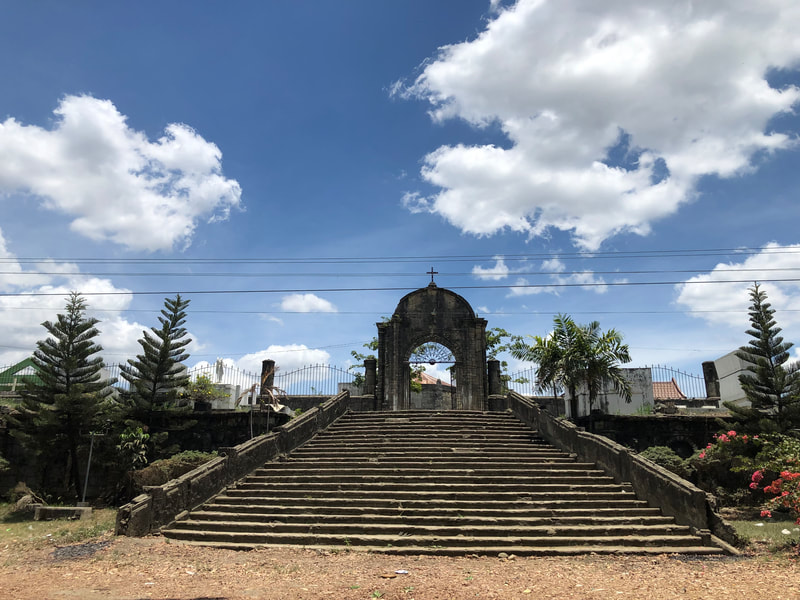
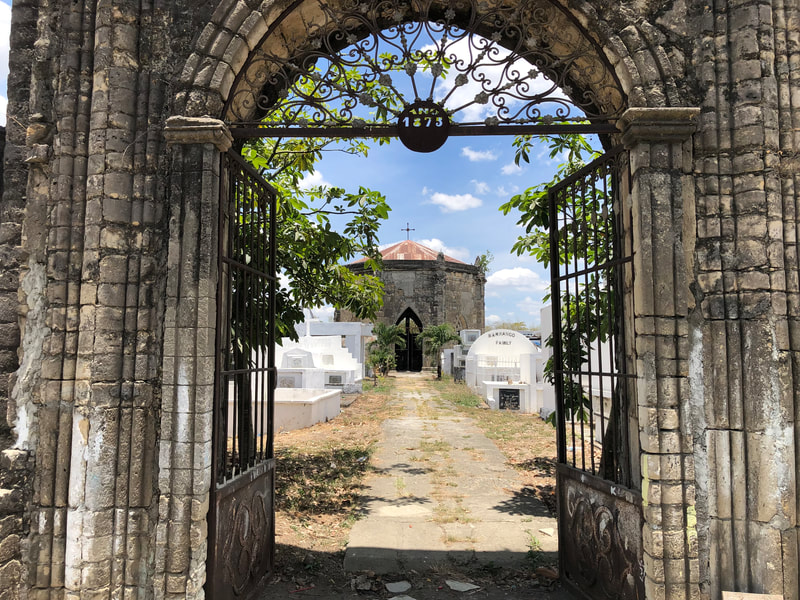
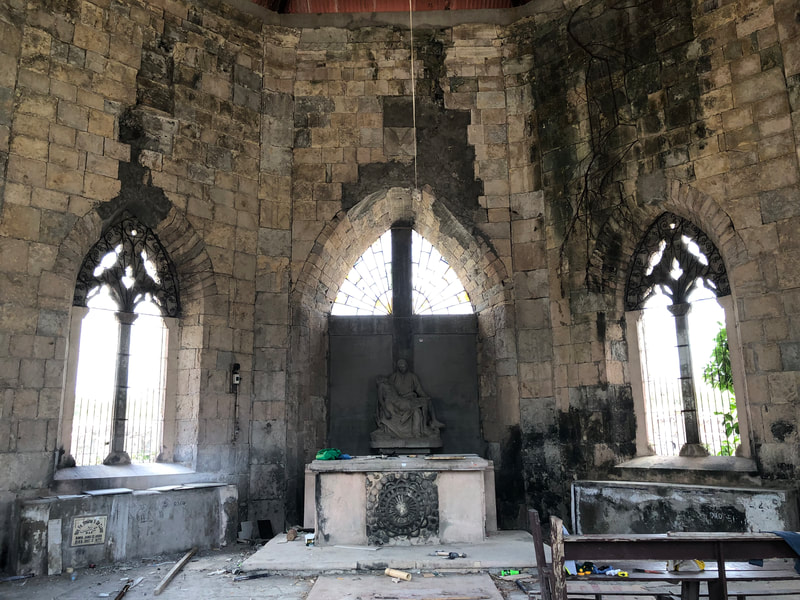
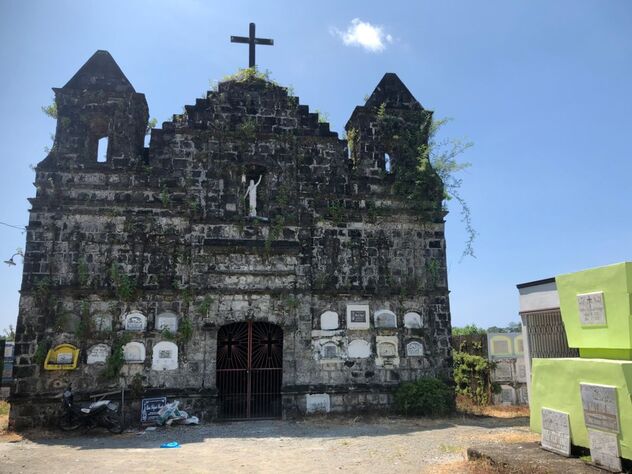
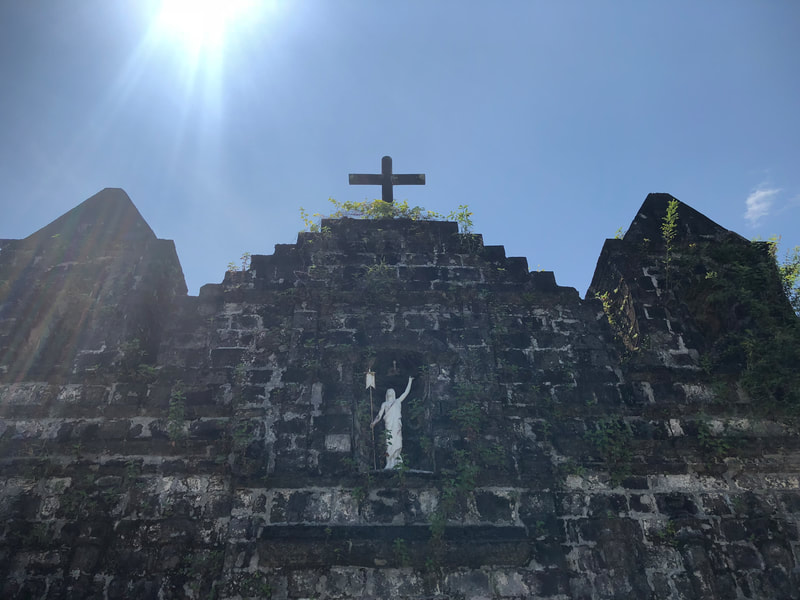
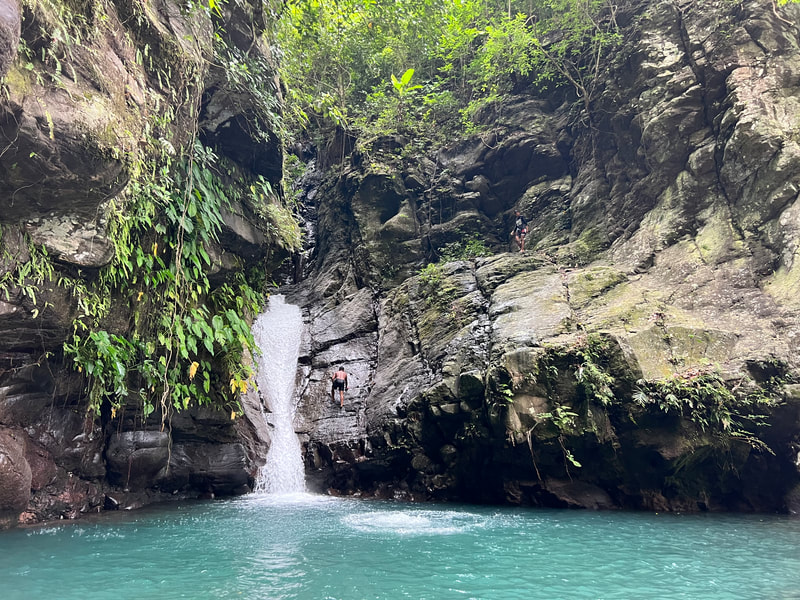
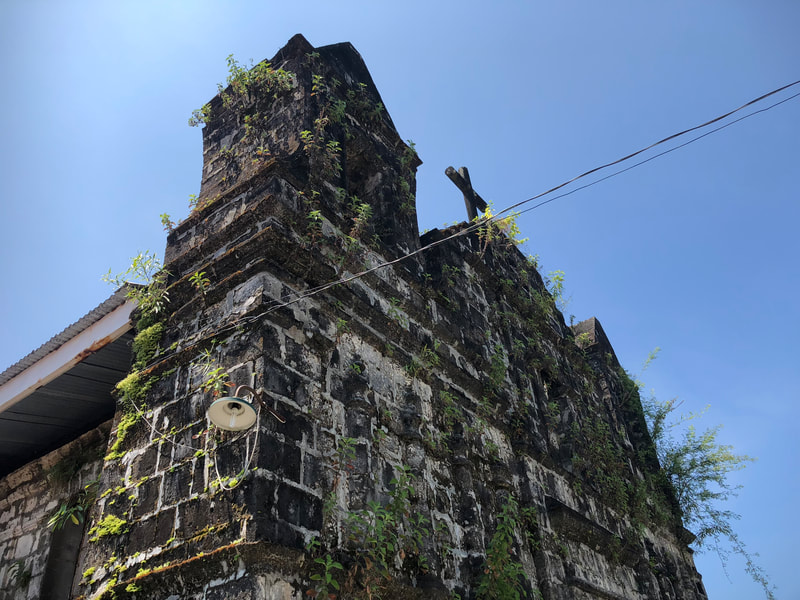






 RSS Feed
RSS Feed